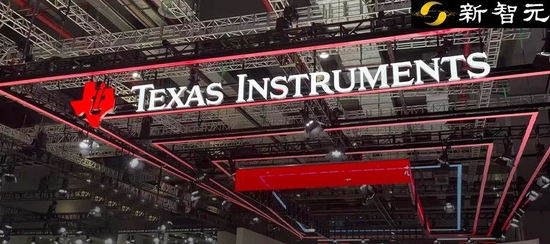
Welcome to the WeChat subscription number of “Sina Technology”: techsina
Text/Yuan Xie is so sleepy
Source: Xinzhiyuan (ID: AI_era)
At the beginning of the month, rumors and refutation of rumors about the layoff of staff and product lines in China came from Texas Instruments one after another. The situation of foreign companies in microelectronics in China is of particular concern in the big era.
Due to the epidemic, the entire production chain from production to logistics in the Yangtze River Delta manufacturing industry has been greatly affected.
In this context, it was reported on May 7 that Texas Instruments (TI) abolished the MCU (Microcontroller Unit) R&D team in China and moved the original MCU R&D line to India.
As soon as the news came out, the industry was in an uproar: Texas Instruments, as a successful example of the development of the microelectronics industry in China in the era of globalization, was also forced to run away. Is this era really bad?
Texas Instruments publicly responded on May 8 that Texas Instruments China did not lay off any employees; China is the most important market in the world, and it will continue to invest in the Chinese market and fulfill its commitments.
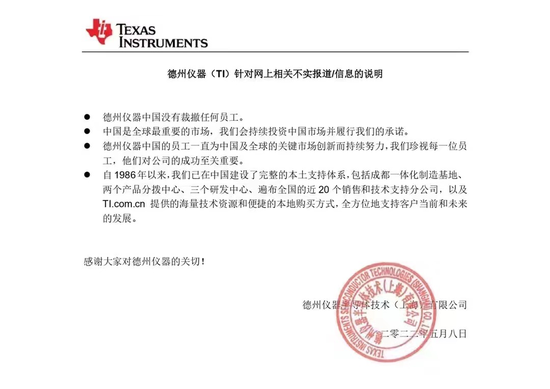
The interview of “Semiconductor Industry Watch” on May 8 also seems to support this statement:
The initial outflow news was that Texas Instruments disbanded its Shanghai R&D center. However, the sources interviewed said that only a dozen people were affected by the “storm”, and all of them have now been incorporated into Texas Instruments’ LED team.
The top six in the world, Texas Instruments ranked last
The full name of MCU is Microcontroller Unit, which is translated into Chinese as Microcontroller or Microcontroller Unit.
MCU is a microprocessor chip designed for application-specific control processing. Its operating frequency (from 1MHz to 200MHz) and power consumption are generally lower than those of PC and mobile phone CPU/MPU.
According to the introduction of “Electronic Engineering Album”, today’s MCUs are system-on-chip (SoC), which integrate a variety of functional modules and interfaces on a single chip, including memory, I/O ports, clocks, A/D conversion, PWM, etc. , and SPI, I2C, ISP and other data transmission interfaces.
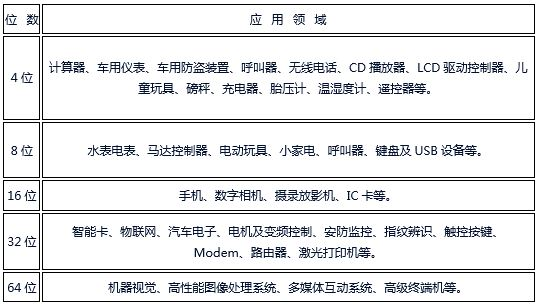 (Source: Electronic Engineering Album)
(Source: Electronic Engineering Album)According to the data compiled by “Aijiwei”, the general MCU market share of Texas Instruments in 2021 will be about 7.3%, far less than the top five NXP, Renesas Electronics, STMicroelectronics, Microchip Technology, Infineon, etc.
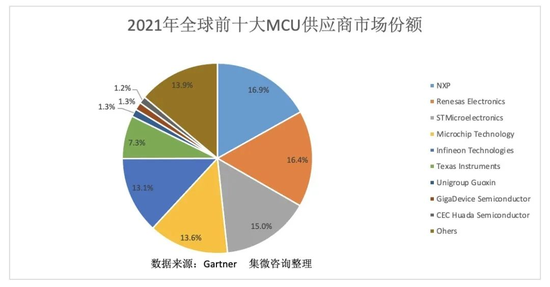 (Source: Aijiwei)
(Source: Aijiwei)The success of transformation is inseparable from China
According to the 35th Anniversary Commemorative Document officially released by Texas Instruments China on December 2, 2021, the transformation and success of Texas Instruments in the 21st century are inseparable from the Chinese market.
In 2009, the headquarters of Texas Instruments China moved to Shanghai.
At that time, Texas Instruments China relocated according to the company’s big strategic direction of analog plus embedded, opened a large number of offices, changed the sales model, and quickly expanded the sales, R&D and application engineer teams.
 (Source: TI China)
(Source: TI China)At that time, the vast majority of foreign chip companies only had sales functions in China, but Texas Instruments wanted to upgrade the original R&D team into a R&D center, and gradually fill in the functional teams such as market, application, testing, and verification, so as to achieve a complete The entire process from product definition to test development.
At the same time as the R&D center in Shanghai, the distribution center in Pudong also began to be established. In 2010, Texas Instruments acquired the Chengdu wafer fab.
At that time, the competition in the chip circle mostly stayed at the traditional device layer, which was the most direct comparison purely from the performance, price, service and other aspects of the two devices.
The higher level will rise to the system level to see who has a complete set of solutions, which can solve all the problems of customers in one package.
And a series of measures taken by Texas Instruments means that the business has risen to a higher level – the competition of the entire industry chain, which has made China take off since then.
The reason behind the story is actually that the strong man from Texas Instruments broke his wrist.
 (Source: TI China)
(Source: TI China)In 2009, Nokia, the world’s largest mobile phone manufacturer at the time, contributed 24% of the total revenue at that time and was the absolute largest customer.
But before that, Texas Instruments had decided to give up the wireless baseband and processor business, and thus completed a huge decision and transformation, that is, a comprehensive improvement into the analog and embedded chip market.
Since China has become the region with the highest turnover of TI’s global market in 2008, China has also become one of the key points of TI’s transformation.
Today, analog and embedded chip products have become almost all of Texas Instruments.
By the end of 2021, Texas Instruments has 17 branches in China, the Chengdu factory has become the only integrated manufacturing base in the world, and the newly built Shenzhen distribution center is the most automated distribution center in the world.
And China’s performance is fully worthy of these investments. Currently, 8 billion US dollars of TI’s global product sales are sent to China, accounting for 55% of the company’s total revenue, of which about 3 billion US dollars of products are directly sold to China. client.
Changes in China are a microcosm of the situation
According to the report of “Semiconductor Industry Observer”, TI’s business opportunity decision-making in the past ten years has actually made several big mistakes, and the impact on TI China is also not good.
First, it failed to keep up with smartphones, and had to give up the OMAP processor line oriented by smart mobile devices and its own technology architecture;
Changed to MCU, and there was another mistake in transforming Arm core MCU.
As a result, Texas Instruments’ share in the MCU field is actually shrinking.
In addition to the major environmental factors such as the trade war and the tightening of technology transfer since 2018, it is really difficult for the R&D center of Texas Instruments China to go further, and it is a matter of time to choose to change.
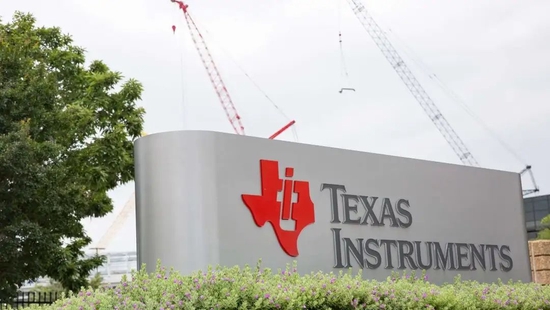
Not only Texas Instruments, but almost all foreign companies of microelectronics have contracted or changed their research and development in mainland China. Their main concerns are as follows:
1. Worrying about sanctions, American technology cannot be brought to China. That restricts R&D centers located in China from participating in more technologically advanced projects.
2. If you are worried about the loss of core technology, you can only take it back to the United States to do it, then there is no need to retain a strong Chinese team;
3. Foreign investment in China’s R&D depends on the execution of the team in China. Without good projects, the team will be lost.
For Texas Instruments China, the mistakes in transforming Arm core MCUs are particularly critical.
The report of “Semiconductor Industry Observer” on May 8 mentioned that Texas Instruments’ MCU R&D center in Shanghai has been established for more than 10 years.
In the early stage of this center, it mainly developed products for low-power applications in China (such as fire smoke detectors, air conditioner remote controls, etc.).
Therefore, the management of Texas Instruments at that time hesitated to give up its own cores to products with Arm cores as the core, and made decisions with insufficient investment, which caused serious bugs and lagging opportunities in the final products developed and marketed.
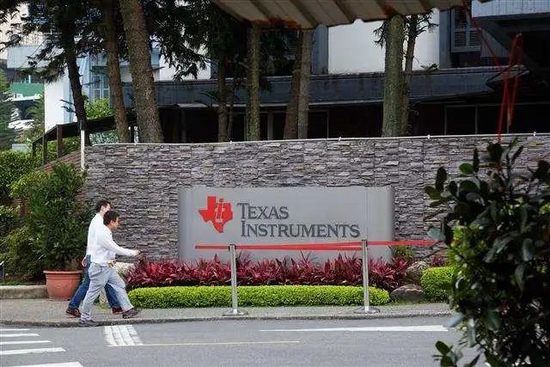
One wrong move and one step backward, the setbacks of Texas Instruments China are quite a reference.
Indian-American executive at Texas Instruments
Speaking of India, Texas Instruments established its own R&D center in Bangalore as early as 1985.
In addition, 3 out of the 15 senior vice presidents, excluding the president and executive vice president, are of Indian origin.
Netizen “Jiang Zuobuyi” said that Texas Instruments currently has only two R&D teams in China, audio and LED, while the Indian R&D team has reached 3,000 people.
Gurshaman S. Baweja, Senior Vice President

Dr. Gurshaman Baweja, a senior vice president at Texas Instruments, plans to retire later in 2022. Before that, Baweja led Texas Instruments’ Information Technology Services organization and served as Chief Information Officer.
Baweja joined Texas Instruments in 1996. He received his Ph.D. and M.S. in Industrial Engineering from Arizona State University and his MBA from Southern Methodist University.
Krunali Patel, Senior Vice President and Chief Information Officer, Information Technology Solutions

Krunali Patel is Senior Vice President and Chief Information Officer at Texas Instruments, responsible for the Information Technology Solutions organization.
Prior to this role, Patel served as Vice President of the Design and Manufacturing IT Solutions organization at Texas Instruments, leading the development and implementation of an information technology strategy and roadmap for manufacturing automation.
Patel joined Texas Instruments in 1996. She holds an M.S. in Electrical Engineering from Michigan State University and an M.A. in Indian Classical Dance.
Mohammad Yunus, Senior Vice President, Manufacturing Operations

Mohammad Yunus joined Texas Instruments in 2001 and is currently senior vice president responsible for manufacturing operations, including wafer fabrication, assembly and test manufacturing operations, external manufacturing and product distribution.
He holds an Integrated Master of Engineering Technology from Birla College of Technology and Science, Pilani, India, and a Master of Industrial Engineering from Binghamton University, New York.
2022 financial report: Seeking change while maintaining stability, looking to the future
On January 26, 2022, Texas Instruments released its financial report for the fourth quarter of the previous year. Among them, operating income was $4.83 billion, net income was $2.14 billion, and earnings per share were $2.27.
On April 26, 2022, Texas Instruments released its financial report for the first quarter of this year. Among them, operating income was $4.91 billion, net profit was $2.2 billion, and earnings per share were $2.35. It beat expectations slightly in January’s fourth-quarter earnings report.
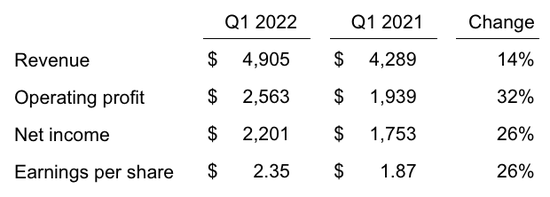
Rich Templeton, Chairman, President and CEO of Texas Instruments, said:
Revenue rose 14% year over year due to strong demand growth in the automotive and industrial markets.
Operating cash flow of $9.1 billion over the past 12 months once again demonstrates the strength of the company’s business model.
Among them, free cash flow reached $6.5 billion in the past year, accounting for 34% of operating income. This reflects Texas Instruments’ high-quality product portfolio and efficient manufacturing strategy, which includes the production advantages of 300 mm (12 in.) analog products.
For the second quarter of 2022, Texas Instruments expects operating income to be in the range of $4.2 billion to $4.8 billion and earnings per share in the range of $1.84 to $2.26. This forecast includes the impact of reduced demand due to the impact of the new crown epidemic.
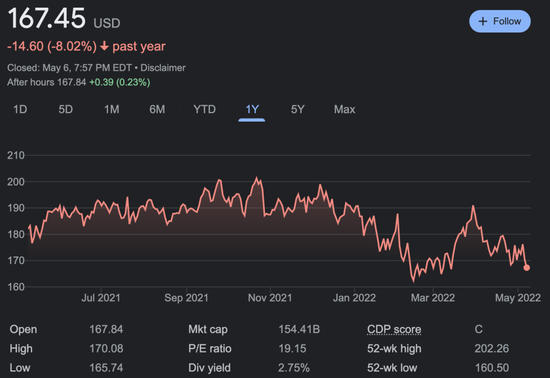
In the evaluation of US securities analysts, although the financial performance and market share of Texas Instruments may fluctuate in the near future or due to social and environmental factors, they are relatively healthy in the long run.
“It’s like aging, it’s vinegar now, but based on previous performance, it’s expected to be good after that.”

This article is reproduced from: http://finance.sina.com.cn/tech/csj/2022-05-09/doc-imcwipii8853702.shtml
This site is for inclusion only, and the copyright belongs to the original author.